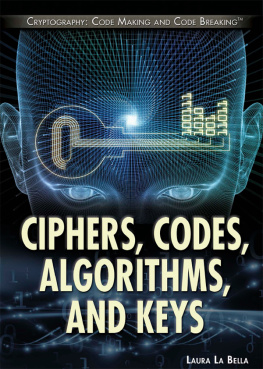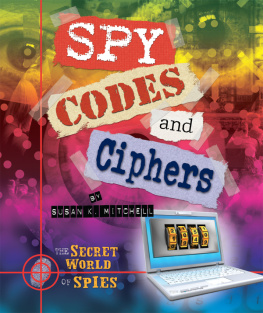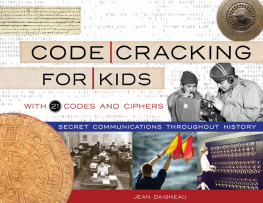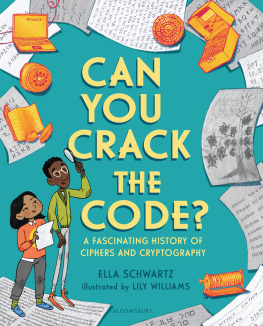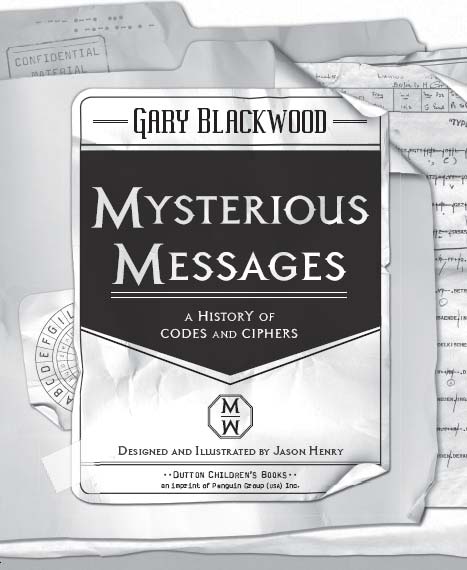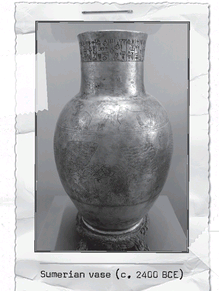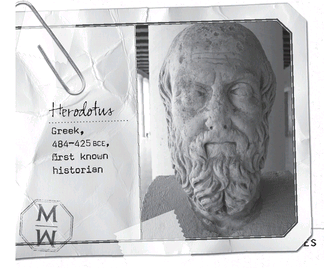Table of Contents
For Ingram G.B.
The fact that youve picked up this book probably means that, like me, youre fascinated with codes and ciphers. But I could be wrong. Maybe youre not the least bit interested in themor think youre not.
Even so, give the book a chance. Youll find that cryptographythe art of creating secret messagesis far more than just an intellectual exercise for eggheads. Codes and ciphers have played a major role in some of the most important events in history. Theyve brought about the downfall of kings and queens, changed the course of wars, decided the fates of countries.
But cryptography isnt the exclusive property of sovereigns, soldiers, and spies, either. Id be willing to bet that, no matter how cryptologically challenged you are, youve used a secret code more than once, and so has everyone you know.
Sound like an exaggeration? Not at all.
Have you ever stopped a friend from saying something stupid by making silent gestures behind the back of a third person? Maybe you made a zip-your-lip motion, or silently formed the words Shut up! Or maybe you kicked your friends shin under a table, or rolled your eyes, or gave a warning look, or just surreptitiously shook your head. Those are all secret codes of a sort.
Did you ever convey what you meant without actually saying it, just by giving your friend a hint and then adding, You know what I mean. Secret code again. Ever given someone a wink on the sly, to let that person know youre just joking? Secret code. Have you ever ordered an item online that was paid for with a credit card? Then you used a secret code.
Computer cryptography is a relatively recent development, of course, but those other types of codes, or something very much like them, have been around literally for ageslong before the concept of zippers, even before there were tables to kick people under.
Ever since humans first learned to communicate, theyve been finding ways of doing so in secret. It wasnt until the development of written language, though, that they began to come up with truly clever and complex methods of concealing their messages.
CHAPTER ONE
Clay, Wax, and Greece
1500 BCE100 BCE
The first known example of cryptography is inscribed on a clay tablet dating from roughly 1500 BCE. Its not one of those ciphers I mentioned that played a major role in history. Its a formula for making pottery glaze.
The symbols are similar to the ones used in cuneiform, the worlds oldest system of writing, which originated in Sumer (now southern Iraq) around 3000 BCE. The unknown potter used a stylus made from a reed or a piece of wood or bone to press the symbols into a damp clay tablet, then dried the clay. But to make sure his secret glaze recipe stayed secret, he altered the cuneiform symbols or used them in unusual ways. According to cryptologist David Kahn, a rough equivalent in modern English would be playwright George Bernard Shaws playful spelling of fish as GHOTIusing the GH from the word tough, the O from women (pronounced wimin), and the TI from nation.
After this benign beginning, the art of cryptography took a more sinister turn. In the fifth century BCE, the countries and city-states of the Near East and Southern Europe seemed to be in continual conflict. In a war-racked world, its not the artisans who most need to keep their messages confidential. Its the military. But back then warriors were, by and large, not a very literate bunch. At a time when it was still a major accomplishment for even an educated man to be able to read, says author Brian Innes, thoughts had not yet turned to codes and ciphers, and mans ingenuity was directed to ways of hiding the written messages.
Putting a message down in plaintext, or ordinary writing, and then somehow concealing it, is called steganography, and some of the methods that military commanders and their spies came up with really were ingenious.
During the centuries-long conflict between Greece and Persia, one Greek secret agent used as his messenger a slave with a sore leg. He bound a poultice of healing herbs around the mans wound. His reports on the enemys plans were written on the leaves.
The Greek writer Herodotusoften called the father of historyrecounts a gory technique used by a nobleman named Harpagus: He slit open the belly of a freshly killed rabbit, hid his message inside, and sent it off with a courier posing as a hunter.
Histiaeus, a Greek who lived at the Persian court, used a bizarre method of steganography to incite his countrymen to rise up against the Persians. Apparently he was in no hurry to start the revolution, for he shaved the head of a trusted slave, tattooed his seditious message on the mans scalp, then waited for the hair to grow out before sending the slave off with instructions to shave his head again once he got to Greece. The communication sparked a rebellion that lasted six years.
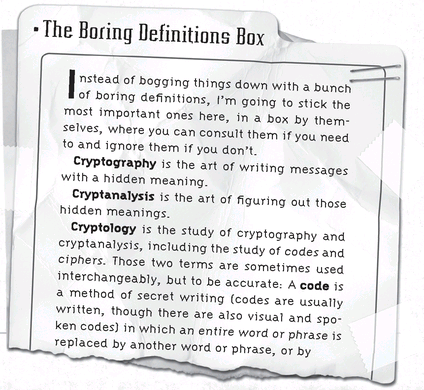
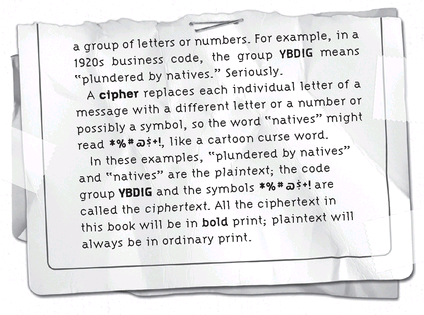
In
The Histories, Herodotus relates how the cunning use of steganography helped save Greece from being conquered by the Persian king Xerxes. When the city-states of Athens and Sparta refused to pay tribute to him, Xerxes assembled a huge army and a fleet of warships and, in 480 BCE, descended on Greece. A Greek named Demaratus, living in exile in Persia, dispatched a warning to Sparta, using a writing tablet covered with wax so that letters could be pressed into it. But, as Herodotus explains:
since the danger of being discovered was so great, Demaratus... took a pair of tablets, and clearing the wax away from them, wrote... upon the wood whereof the tablets were made; having done this, he spread the wax once more over the writing... When the tablet reached [Sparta], there was no one... who could find out the secret, till Gorgo, the daughter of Cleomenes and wife of Leonidas, discovered it, and told the others. If they would scrape the wax off the tablet, she said, they would be sure to find the writing upon the wood.
Gorgos cleverness had a downside, however. Her husband led a small force of Spartans to defend the pass at Thermopylae, hoping to delay the advance of the Persians. Though they did buy their countrymen some time, the Spartan soldiers paid dearly for it; they were wiped out to a man.


